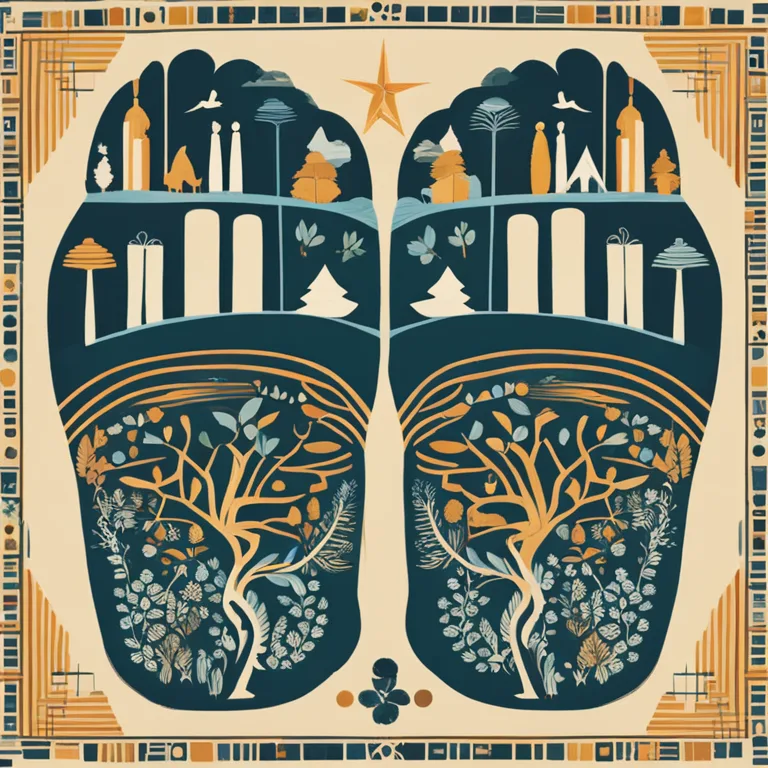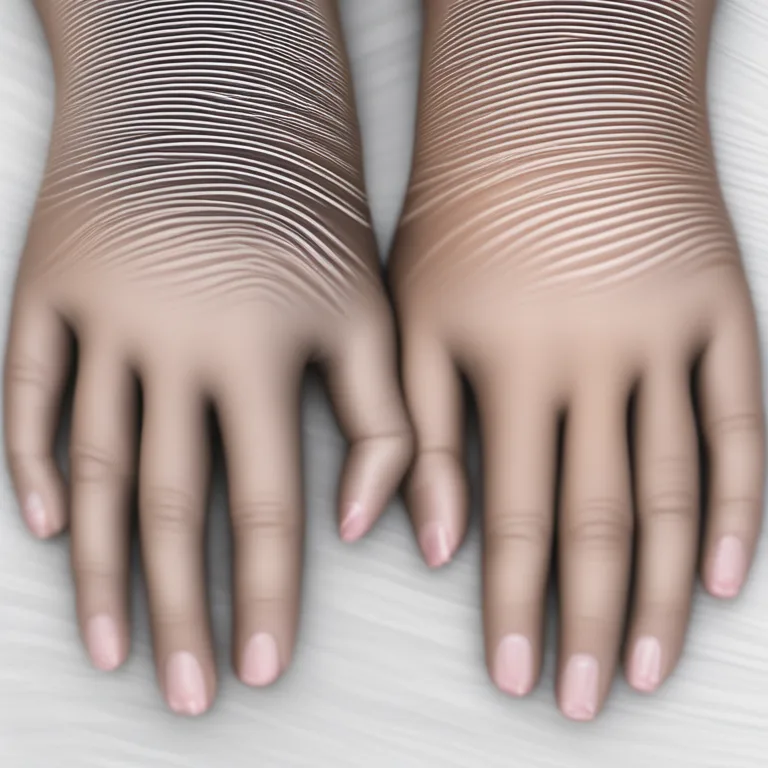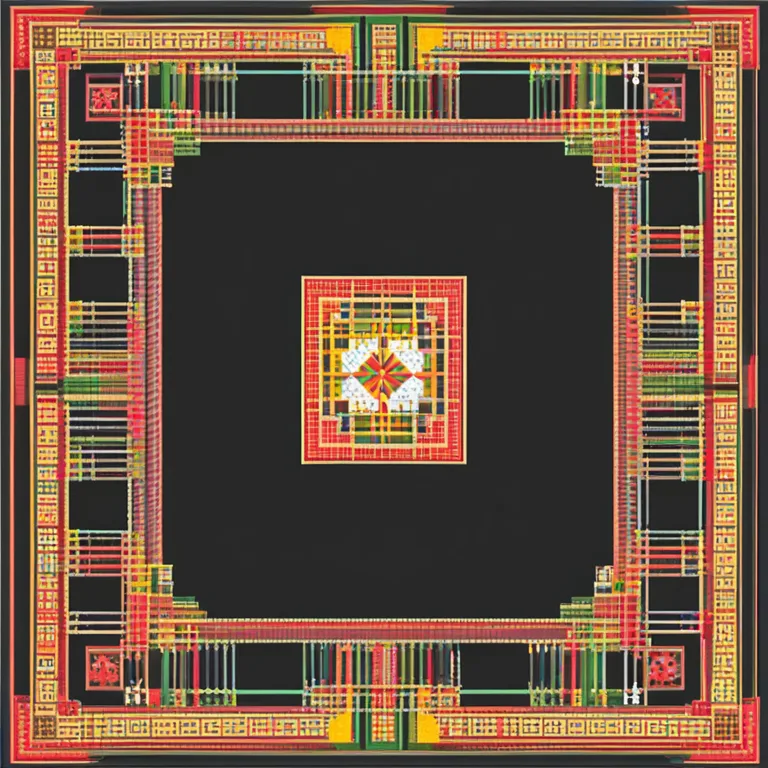
Are Palm Lines Inherited?
Examining the genetic factors of palmistry, this article investigates how much of our palm lines are determined by genetics.
article by Nora Pennington
The Fascination with Palm Lines
Palmistry, the ancient art of reading hands, has fascinated humans for centuries. It proposes that the lines on our palms tell the story of our personalities, potential life paths, and even our health. One of the fundamental questions that seekers of palmistry insights often ask is whether the meandering lines on our palms are a result of inherited genetic traits or if they're shaped by life's circumstances. As we delve deeper into this inquiry, it's crucial to consider the scientific stance on the origins and significance of palm lines.

The Science Behind Palm Lines
Scientifically known as dermatoglyphics, the ridges and lines on our hands—and feet—are formed during fetal development. These patterns are generally complete by the 17th week of pregnancy and remain the same throughout our lives. While environmental factors in the womb, like nutrition and blood pressure, can affect their formation, a significant portion of research suggests a strong genetic component. However, unlike certain genetic traits like eye color, palm lines are not solely determined by a simple genetic code.

Studies on Twins and Family Genetics
Research involving twins has been pivotal in understanding the genetic aspects of palmistry. Studies have indicated that identical twins, with their near-identical genetic makeup, do exhibit similar palm patterns. Yet, there are usually subtle differences, hinting at the influence of unique environmental interactions. Moreover, it has been observed that certain palm line formations run in families, suggesting a hereditary component, but these are not as predictable as other genetically-transmitted features.

Genetic Variation and Unique Palm Patterns
The human genome is complex, and the genes responsible for dermatoglyphics are equally intricate in their interactions. The development of palm lines is likely influenced by a multitude of genes, leading to an expansive variety of possible patterns. This genetic variability means that even within families, the intricacies of each individual's palm lines can be as unique as a fingerprint. Indeed, fingerprints and palm lines are often used interchangeably to highlight their uniqueness and individual-specific traits.

Environmental Influences and Palmistry Reading
While acknowledging the genetic influences, palm readers often incorporate the view that life experiences and an individual's surroundings also play a role in shaping the palms' lines. This fusion of hereditary and environmental aspects in a palm reading session is a part of the holistic approach to understanding an individual's past, present, and potential future. Therefore, the interplay of genetics and environment makes each palm a distinctive canvas ripe for interpretation.
Misconceptions and Ethical Considerations
With advancements in genetics, it's important to dispel misconceptions about the predictability of palm lines. Unlike genetic testing for certain health conditions, the prediction of one's future or character based on palm lines is not an exact science but rather a form of interpretative art. Additionally, ethical considerations in palmistry demand respect for privacy and a gentle approach when dealing with what the lines may suggest about an individual's propensity for certain life outcomes or challenges.
Published: 1/5/2024
Modified: 1/5/2024
More predictions
Come back here soon to learn more about yourself and your future


The Sun Line in Palmistry: A Ray of Personal Brilliance
Discover the significance of the Sun Line in palmistry and how it reflects your potential for prosperity, creativity, and fame in this insightful article.


The Dynamic Nature of Palm Lines
Discover the fascinating reasons behind the changing patterns of your palm lines and how they reflect the story of your life.


The Sun Line: A Ray of Personal Brilliance
Discover the significance of the Sun Line on your palm and its implications for fame, success, and creativity in palmistry practices.